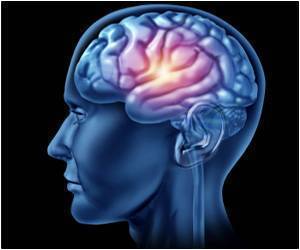
"We have at least four senses of location," says Edvard Moser, director of the Kavli Institute. "Each has its own scale for representing the external environment, ranging from very fine to very coarse. The different modules react differently to changes in the environment. Some may scale the brain's inner map to the surroundings, others do not. And they operate independently of each other in several ways."
This is also the first time that researchers have been able to show that a part of the brain that does not directly respond to sensory input, called the association cortex, is organized into modules. The research was conducted using rats.
Technical breakthroughsA rat's brain is the size of a grape, while the area that keeps track of the sense of location and memory is comparable in size to a small grape seed. This tiny area holds millions of nerve cells.
A research team of six people worked for more than four years to acquire extensive electrophysiological measurements in this seed-sized region of the brain. New measurement techniques and a technical breakthrough made it possible for Hanne Stensola and her colleagues to measure the activity in as many as 186 grid cells of the same rat brain. A grid cell is a specialized cell named for its characteristic of creating hexagonal grids in the brain's mental map of its surroundings.
"We knew that the 'grid maps' in this area of the brain had resolutions covering different scales, but we did not know how independent the scales were of each other," Stensola said. "We then discovered that the maps were organized in four to five modules with different scales, and that each of these modules reacted slightly differently to changes in their environment. This independence can be used by the brain to create new combinations - many combinations - which is a very useful tool for memory formation."
Advertisement
Perhaps 10 different senses of locationInstitute director Moser says that while researchers are able to state with confidence that there are at least four different location modules, and have seen clear evidence of a fifth, there may be as many as 10 different modules.
Advertisement
 | ||||
Source-Eurekalert













